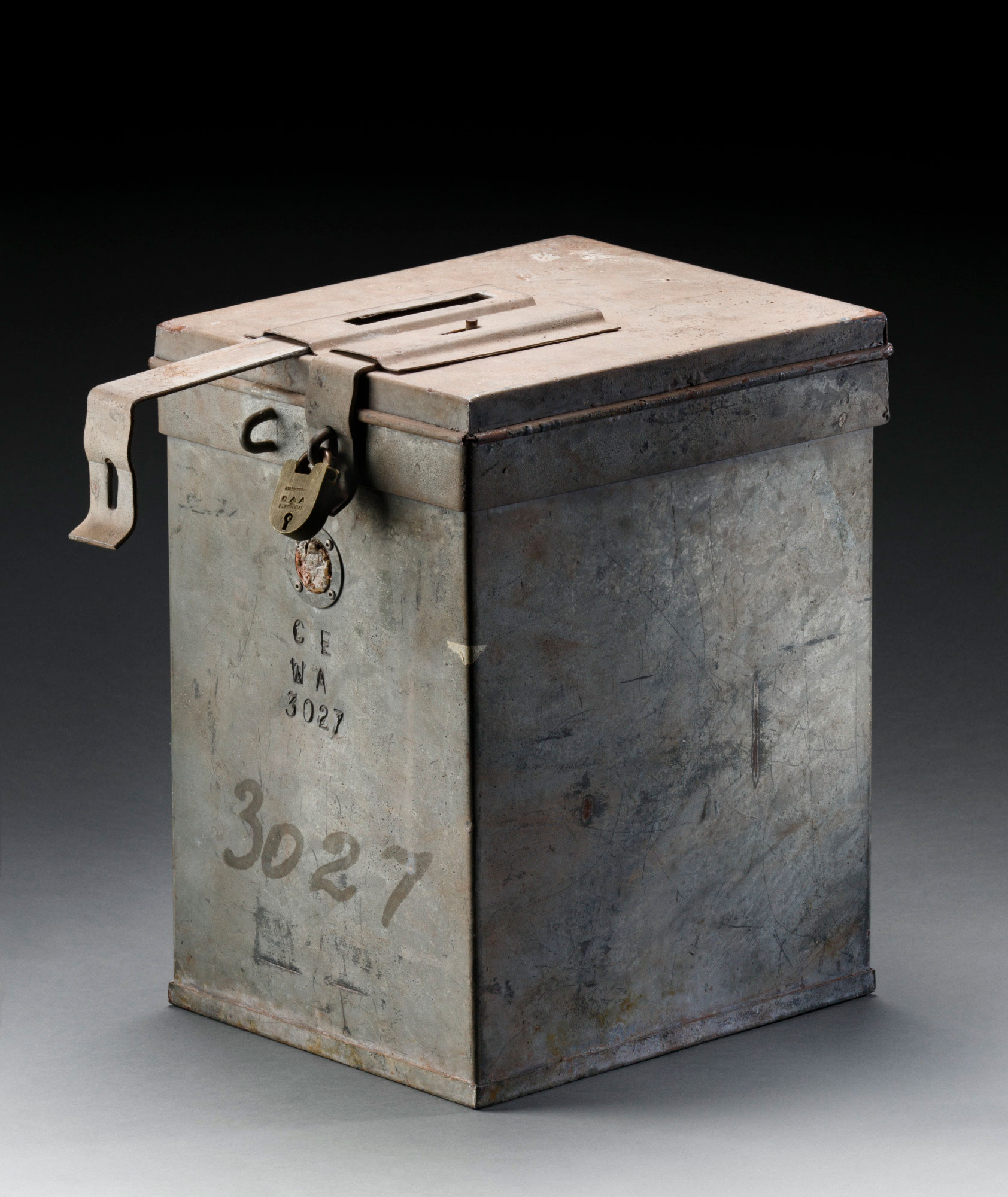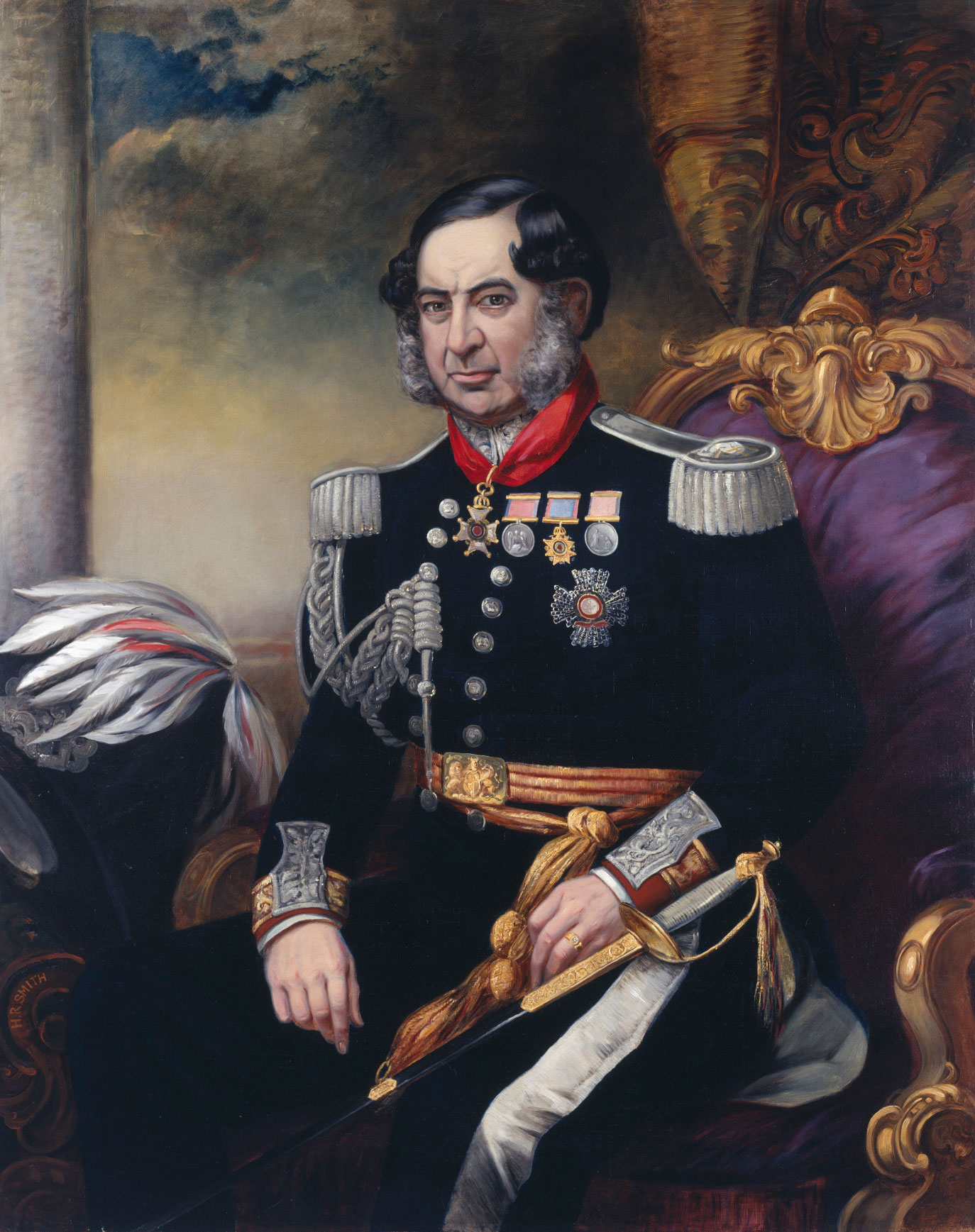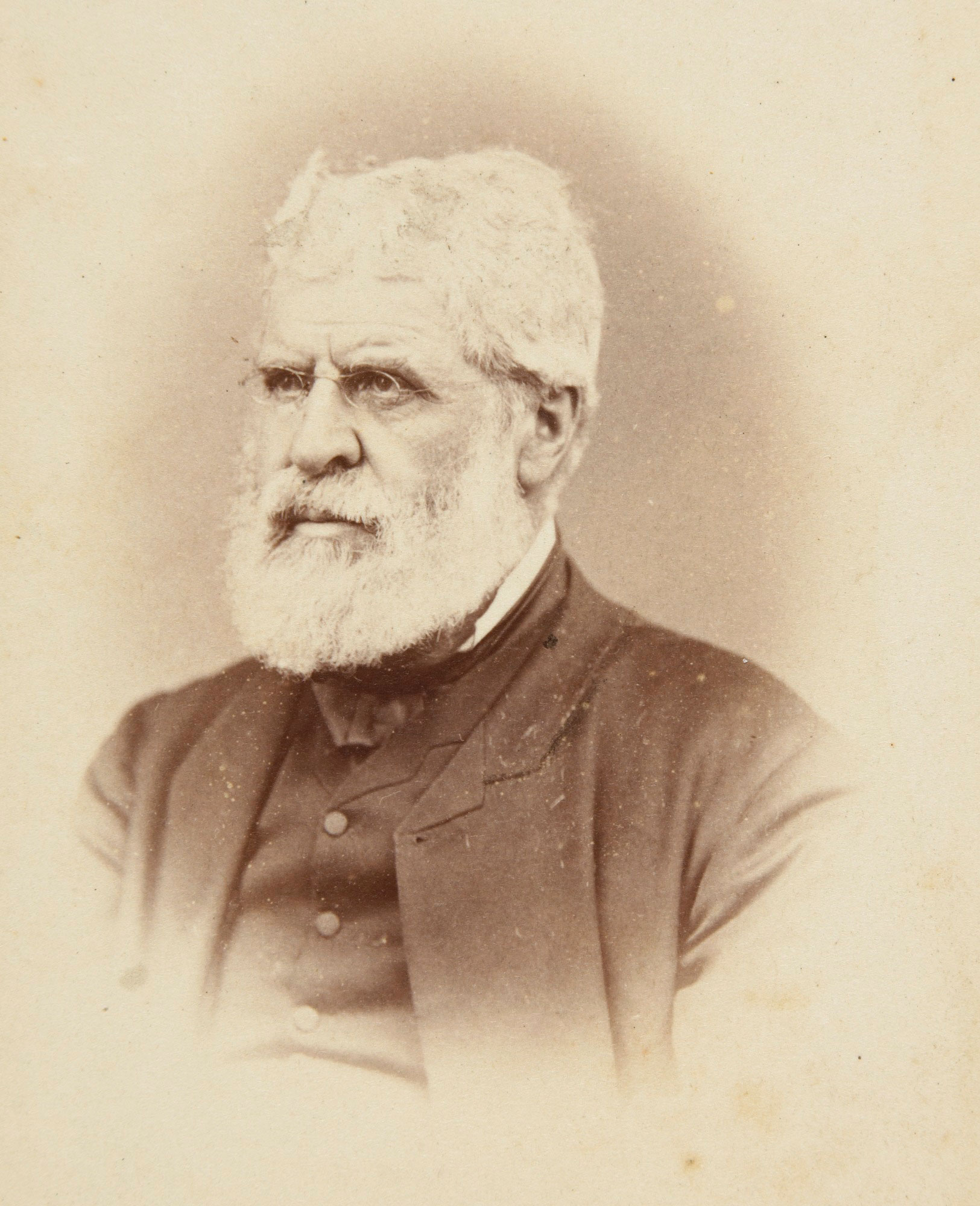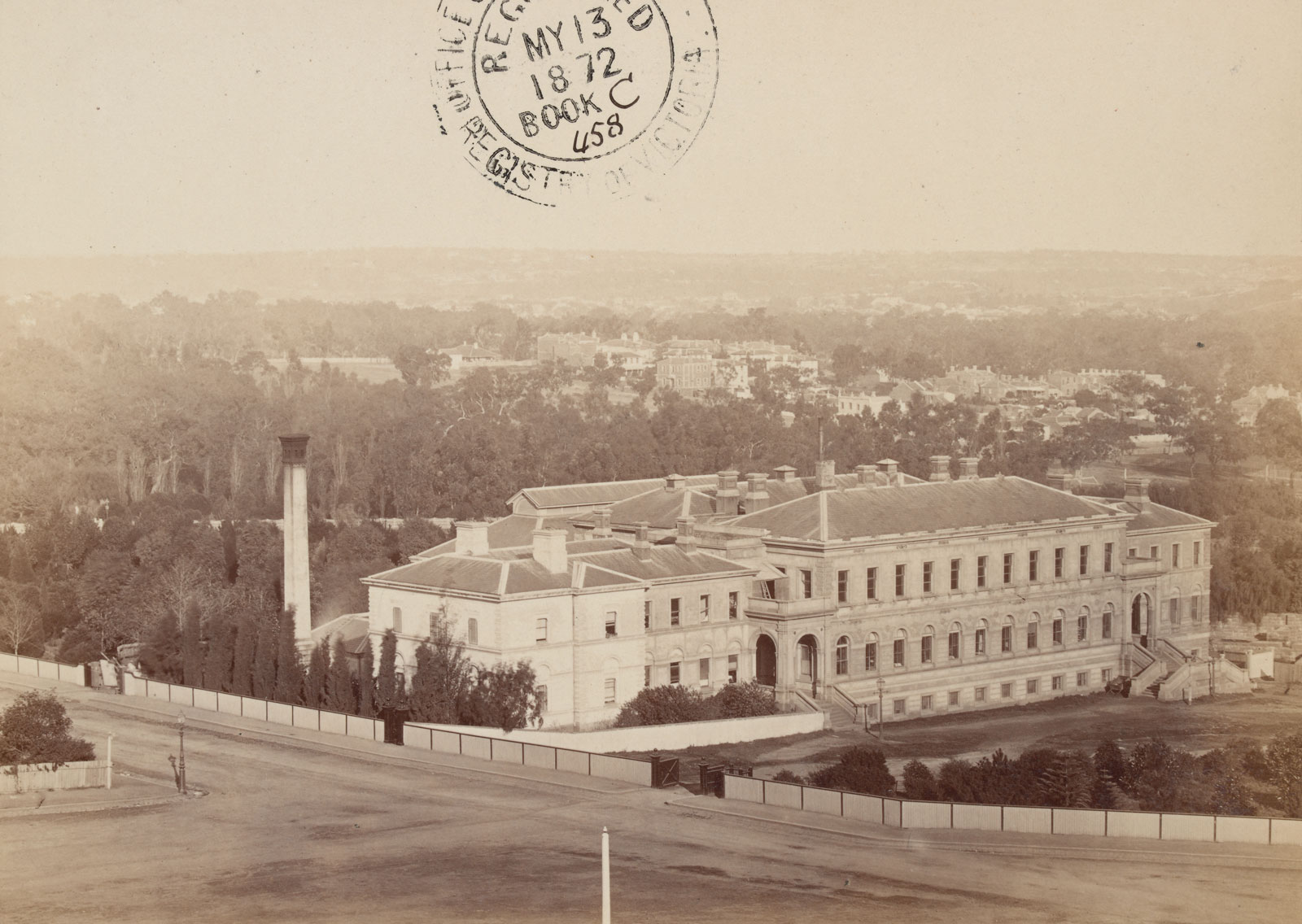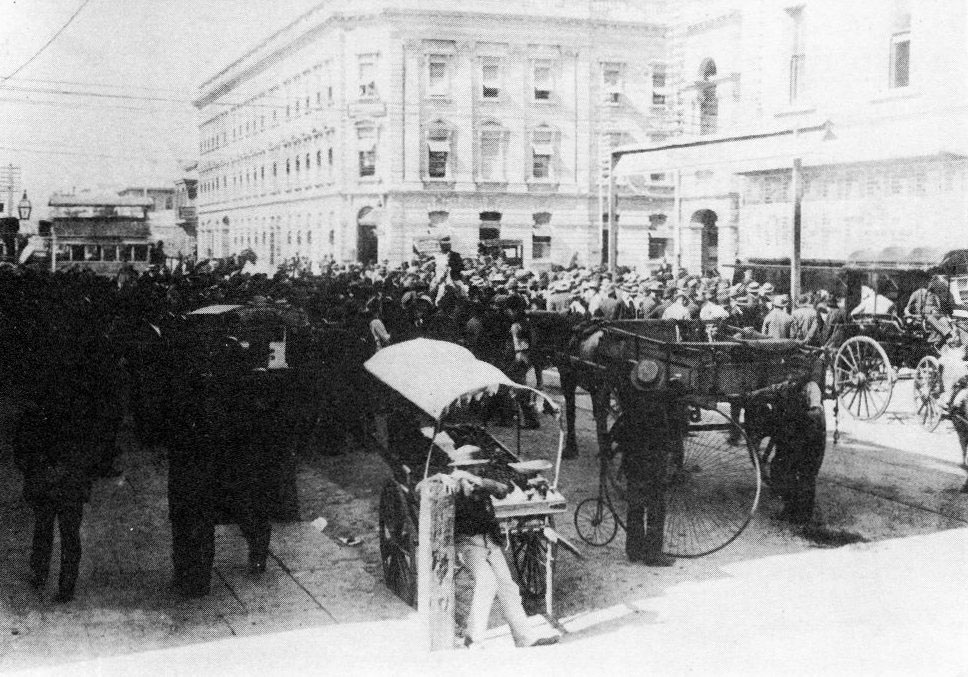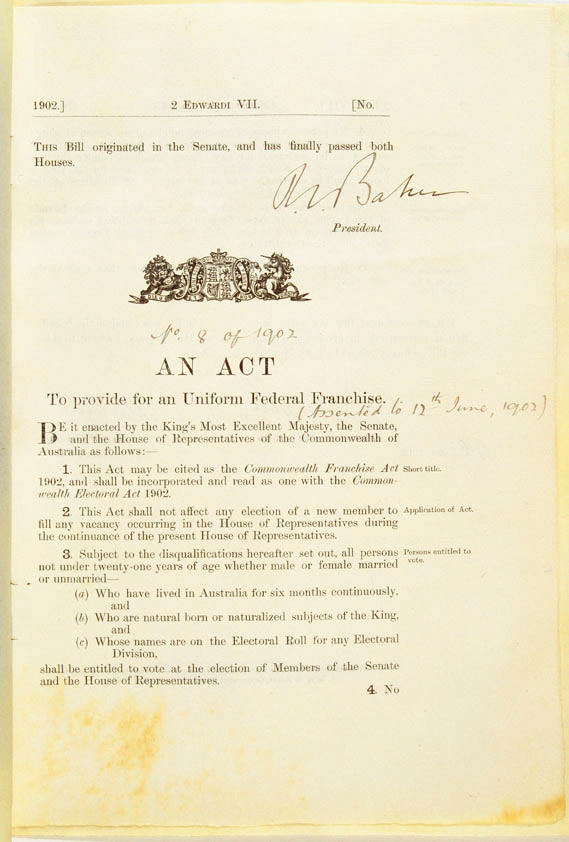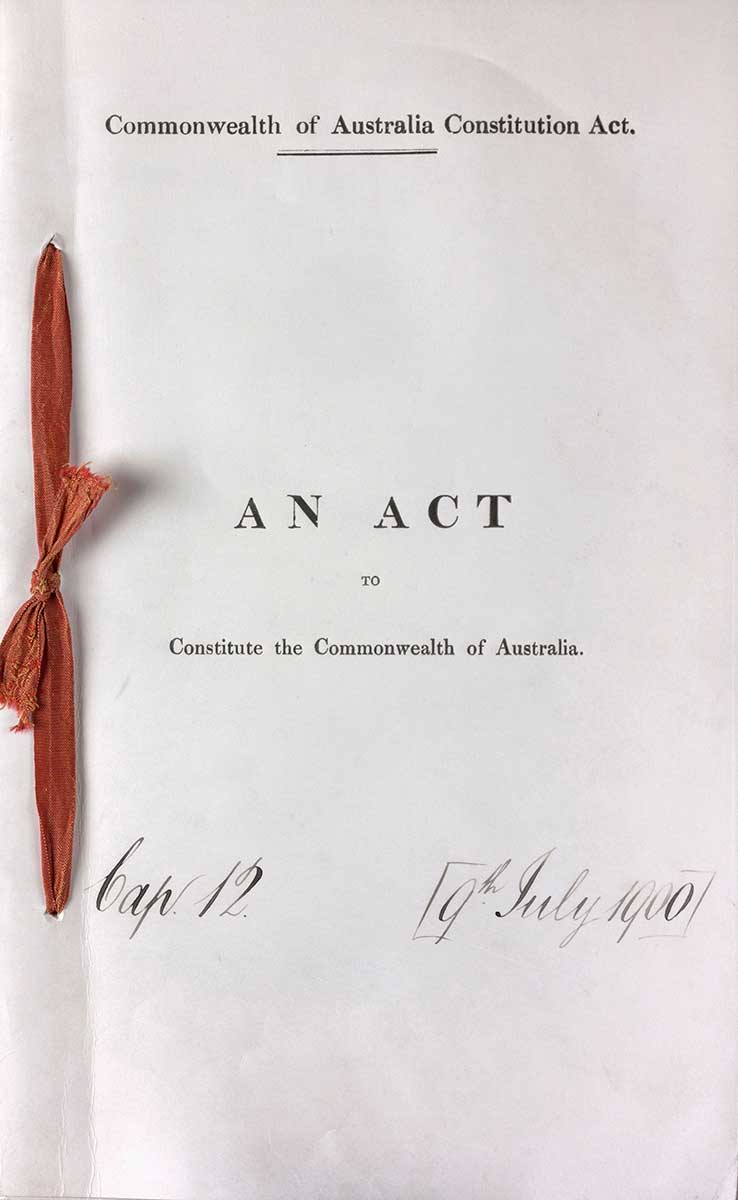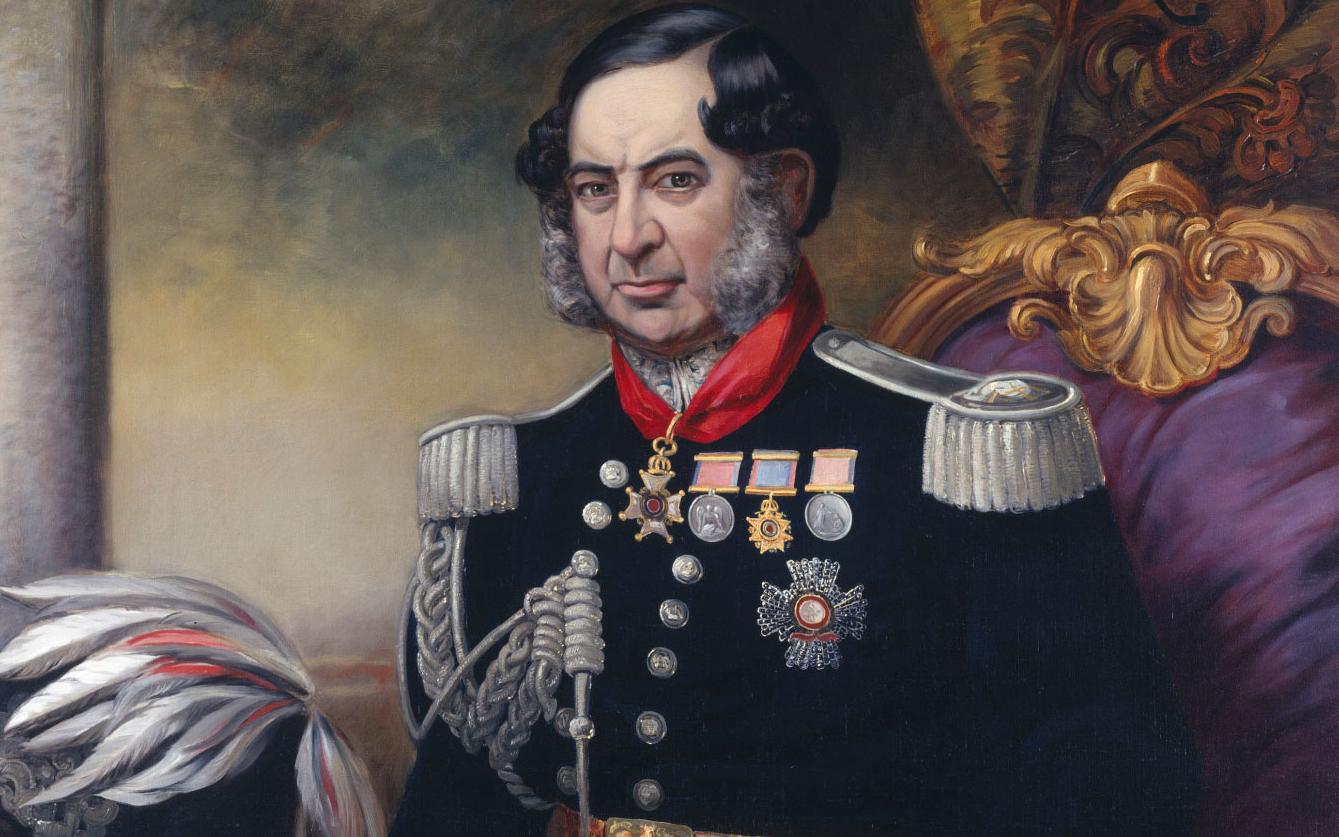Learning module:
Making a nation Defining Moments, 1750–1901
Investigation 4: Making a democracy
4.4 1854 Blood on the wattle: Eureka Stockade
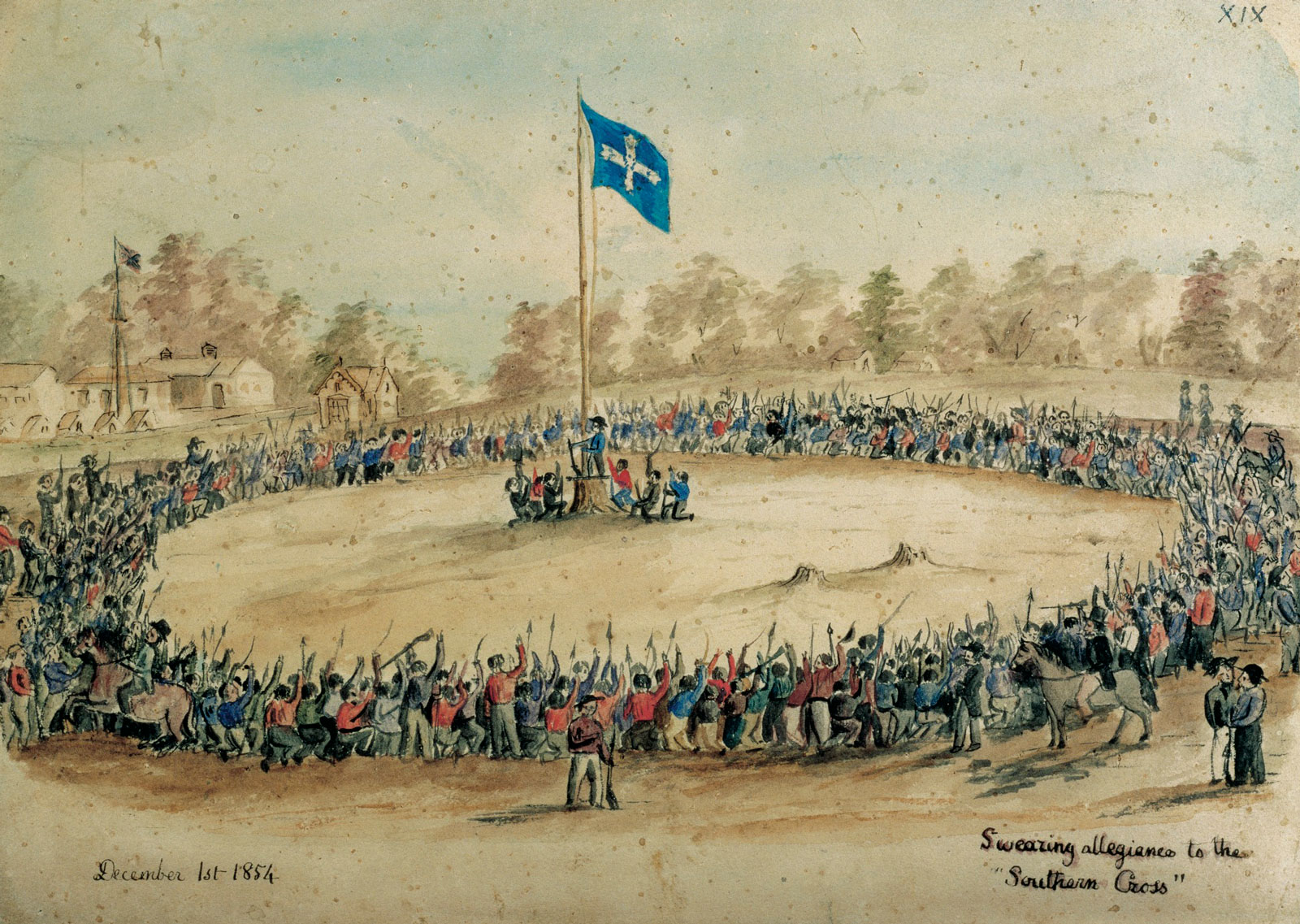
In 1854 a group of miners fought soldiers and police at a rough stockade on the Eureka goldfield at Ballarat, Victoria.
Was it a riot or a revolution? Was it aimed at improving democracy or a tax revolt? Did it achieve anything that was not already available? Was it really a significant event in the development of Australian democracy?
1. When was gold discovered in Australia?
2. What happened to Victoria’s population when gold was discovered there?
3. Why did governments need to raise money when there was a gold rush?
4. How did they do this?
5. What political and democratic reforms did some of the miners, known as ‘Chartists’, want?
6. What complaints, other than the cost and method of checking for licences, did the miners at Ballarat have in 1854?
7. What did they do to express their dissatisfaction, culminating with the Eureka Stockade?
8. What were the political and democratic changes which were introduced after the Eureka Stockade?
9. What does the Eureka Stockade help you understand about the development of democracy in Australia?
10. Why was this Defining Moment so significant in Australian history?
11. If you were advising the National Museum of Australia on an object that it could display to tell the story of this event, what would you suggest? (You can see what objects they actually have using the National Museum of Australia collections search)






